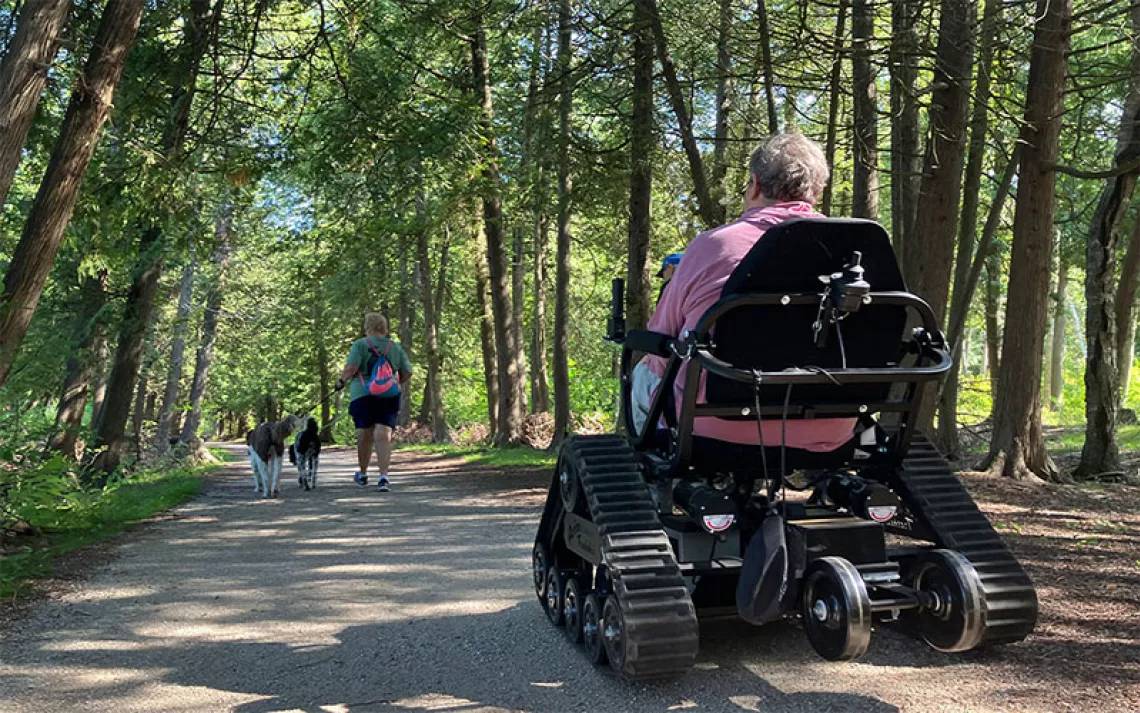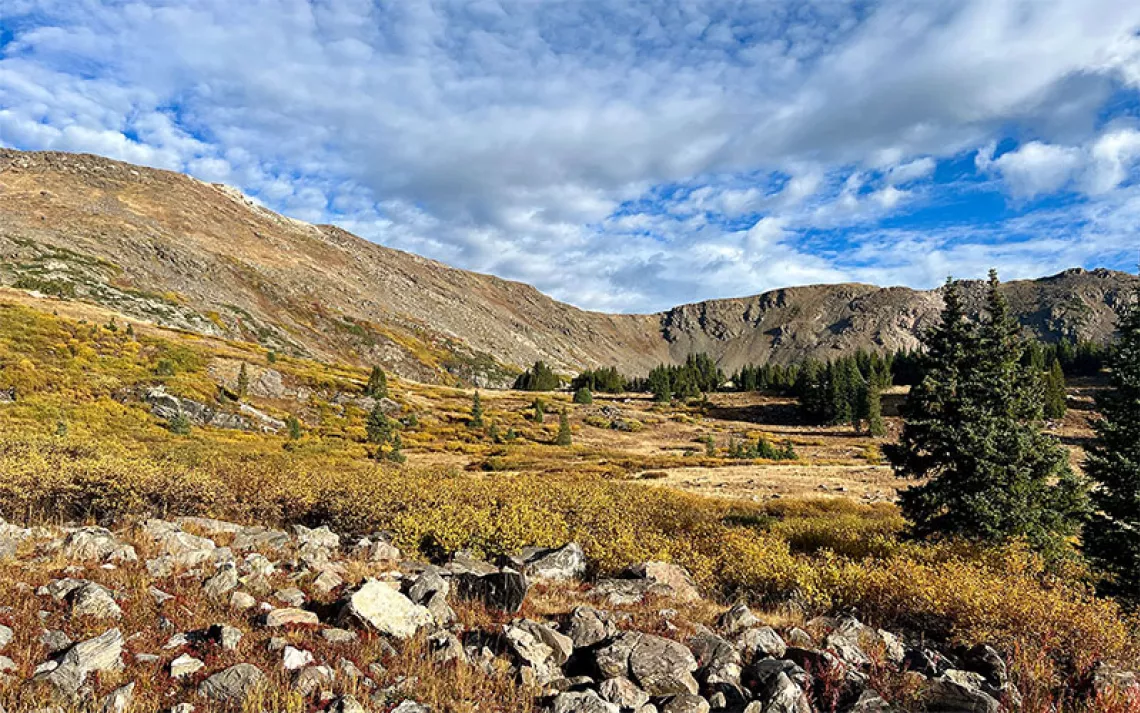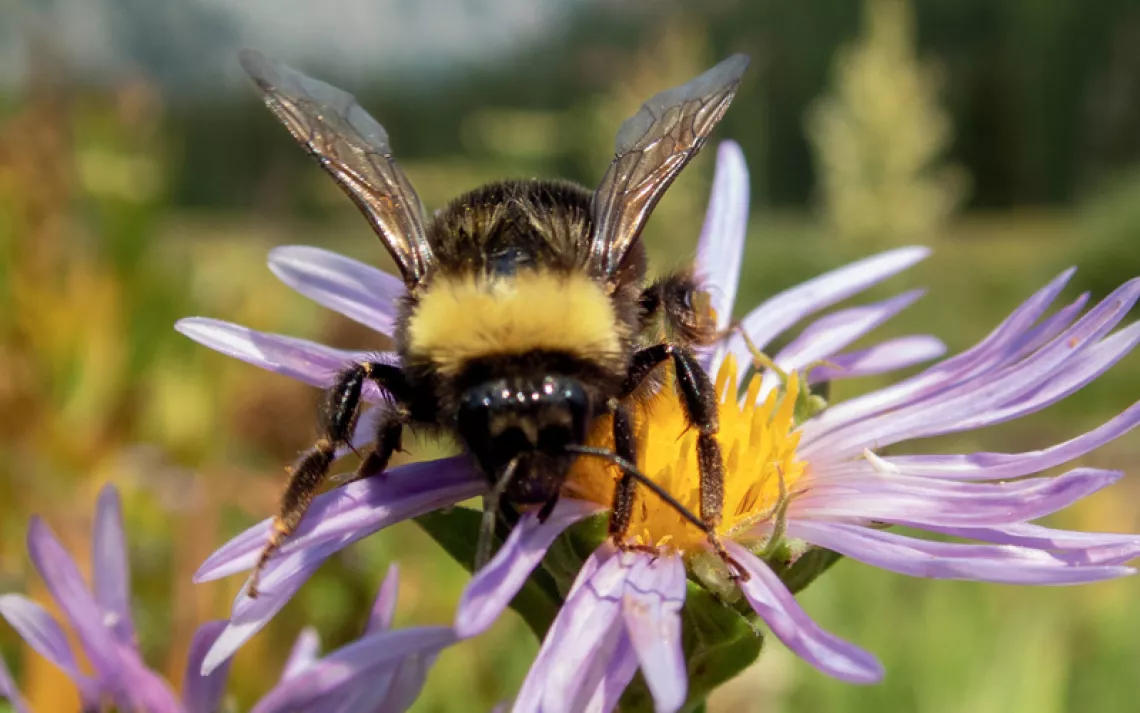One Final Father-Son Adventure Tests the Limits of Horsepower
A look back to a family exploration of the Eastern Sierra
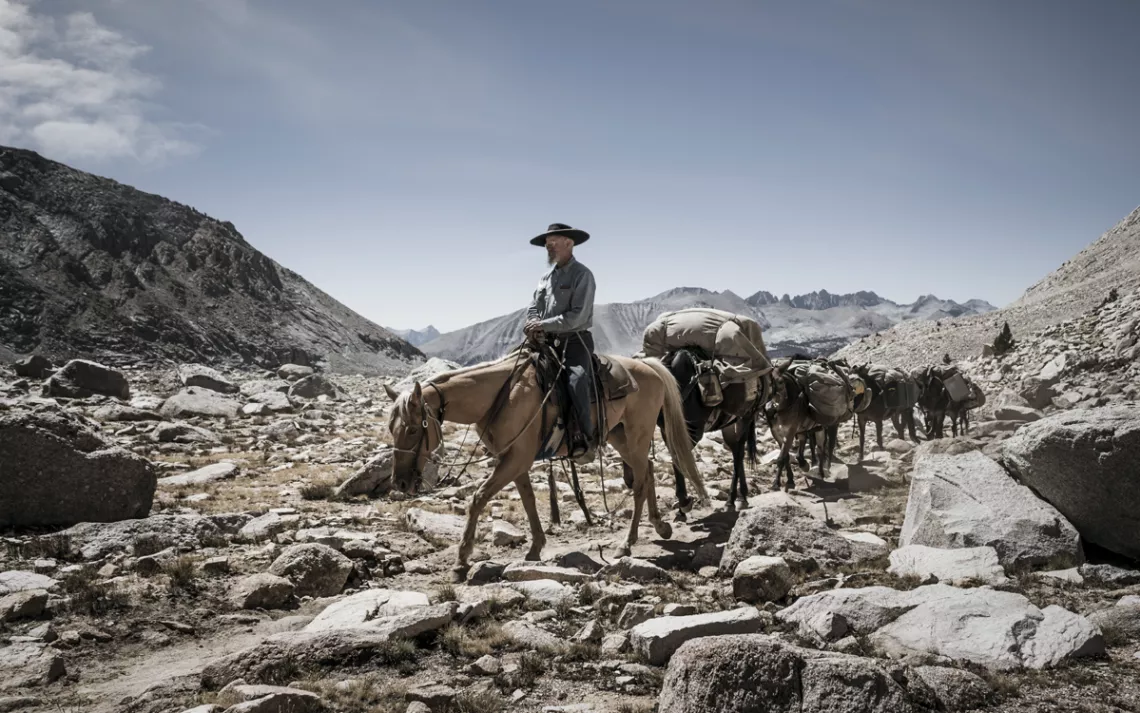
Some backpackers complain about pack animals' effect on the backcountry, but their assistance helps make the wilderness accessible to the elderly and others who can't get there on foot. | Photo by David Madison/Getty Images
For my money, US 395 through the Owens Valley is the most dramatic stretch of road in California. Sandwiched between the Sierra Nevada to the west and the White and Inyo Mountains to the east, Owens Valley is the deepest in the United States—75 miles long and a dozen miles wide, with stupendous 14,000-foot ridges rearing up on either side.
We were driving thousands of feet above the valley, switchbacking up the eastern wall of the Sierra, when the view opened up, culminating in White Mountain Peak to the north. "Fantastic!" enthused my dad. Fifty years prior, he'd spent a summer doing high-altitude research in the White Mountains. Hugging the California-Nevada state line, the range is home to the oldest living beings on Earth, bristlecone pines, some still sending out fresh, green shoots at nearly 4,800 years of age.
Dad, but a few hours short of 70, was elated to see his old haunts once more. When the switchbacks ended, we entered Onion Valley, a popular portal into the Sierra Nevada high country, and met up with our guide.
Kate Schober packed our gear into saddlebags slung over the back of a bored-looking mule, then introduced us to our steeds. After the requisite stroking of manes and proffering of apples, we hoisted ourselves into their saddles. Kate adjusted our stirrups and cinched up our saddle straps, and we hit the trail to Kearsarge Pass, the morning sun illuminating the peaks that rose all around us.
Dad introduced me to the pleasures of mountains when I was a boy. Every summer, we'd hike in New Hampshire's White Mountains, renowned for having some of the worst weather on Earth. Dad and I would hike for days at a time, sometimes availing ourselves of a bunk, more often pitching our tent.
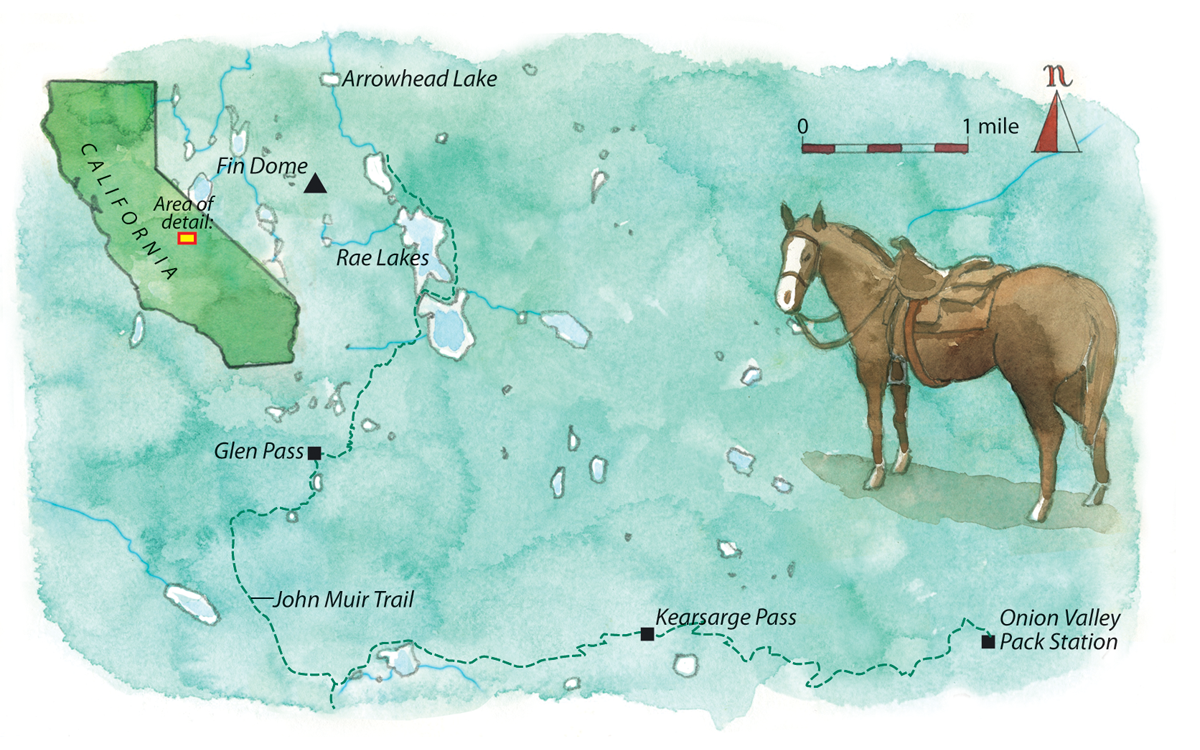 Map by Steve Stankiewicz In his fifties, Dad's backpacking days ended when he developed exertional asthma. But, thanks to family vacations at dude ranches—planned by my mom—he knew how to ride, so that became his main source of recreation. He bought a pinto and a Welsh pony and named them Rough and Ready. For the next 25 years, he was never without an equine companion.
Map by Steve Stankiewicz In his fifties, Dad's backpacking days ended when he developed exertional asthma. But, thanks to family vacations at dude ranches—planned by my mom—he knew how to ride, so that became his main source of recreation. He bought a pinto and a Welsh pony and named them Rough and Ready. For the next 25 years, he was never without an equine companion.
We rode together whenever I visited my folks in Vermont. We rode in snowstorms and in rainstorms, on crisp fall days with leaves crunching underhoof, and in blazing heat. I bought him a saddle blanket in the Sandhills of Nebraska, and for his 60th birthday I had a saddle custom made, his initials embossed.
In 1985, at the invitation of a rancher friend in Alberta, Dad and I spent four days driving 200 head of cattle to their summer pasture in the Canadian Rockies foothills. It was the next-to-last time we rode together. A few months later, Dad called me to say that Dallas, his beloved Appaloosa, had died and he'd decided not to get another horse. "I'm just not up to it anymore," he said. Dad looked younger than his 69 years, but for the first time, I saw him as an old man. So many times, we'd talked about getting up into the Sierra together, but it hadn't happened.
Before we even got off the phone, I had resolved to change that. And so it was that Dad and I found ourselves riding horseback through the eastern Sierra Nevada on this late-September day.
As backpacking has gained popularity, the long-present tension between backpackers and pack-animal outfitters has mounted. "It's the younger generation of greenies from the coasts who tend not to like stock in the backcountry," a sixty-something outfitter told me recently. "They don't like stock grazing in the high country or seeing and smelling poop on the trail."
For sure, pack stock are tough on the landscape, but so are the growing ranks of bipedal visitors, which is why the National Park Service and the US Forest Service have imposed daily quotas at popular trailheads in the Sierra. By and large, outfitters exhibit stewardship of the land, and they make the backcountry accessible to people who, because of their age or other physical issues, can't get there on foot.
People like my dad.
If I had to pick a destination that screams "Sierra Nevada!" the Rae Lakes might be it. A chain of sapphire-blue lakes are strewn across a grassy basin at 10,500 feet, surrounded by cliffs, waterfalls, hanging valleys, and sky-piercing summits. The Rae Lakes take some getting to, increasing their allure.
Between Onion Valley and the Rae Lakes are 23 miles of grueling up-and-down trails and two nearly 12,000-foot passes: Kearsarge Pass and Glen Pass. Dad had never ridden at such an elevation, so I kept an eye out for any sign of labored breathing that might indicate asthma. But Dad was in his element, confident in the saddle and positively jubilant to be seeing the High Sierra.
Somewhere on the long run-up to Glen Pass, Dad's horse began to founder. Kate gave the steed Tylenol; still, his limp grew more pronounced. At the base of Glen Pass, she administered a dose of Butazolidin, a heavy-duty anti-inflammatory. We waited for the drug to kick in, then began the punishing slog up to the pass.
For a while, the bute seemed to do the trick, but about halfway up the switchbacks, Dad's horse simply stopped. We reviewed our options, one of which was turning back. Instead, Kate put Dad on her horse, then walked the rest of the way up the pass and down the other side in her cowboy boots, leading Dad's horse with her rope.
It was late afternoon when we arrived at our campsite at Arrowhead Lake, just north of the Rae Lakes proper. The vista was dominated by Fin Dome, a granite monolith resembling a shark's fin. Kate unloaded our gear, then took the animals to a stock camp down the trail.
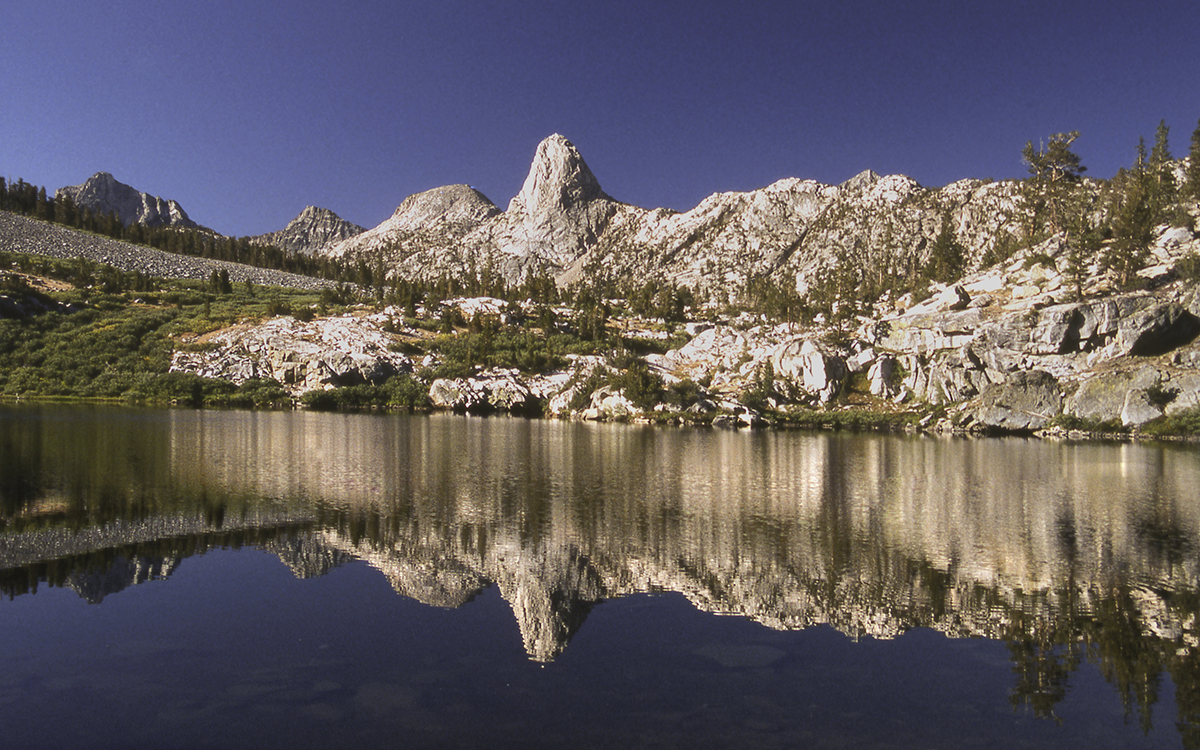
Fin Dome | Photo by Tom Valtin
Dad drank in the view, reveling in the sparse alpine forest, the wildflowers at our feet, the crisp mountain air, and the reflection of Fin Dome. "You've been telling us about the High Sierra for years, and now I get what all the fuss is about," he said as we watched the stars come out. We sat quietly for a minute.
"Fantastic," he finally said. "Just fantastic."
Three months later, visiting my parents, I saw that Dad had framed the Rae Lakes topo map, complete with his jottings, and hung it above his dresser. "So I remember our trip every day."
For Heinz Valtin, 1926–2019
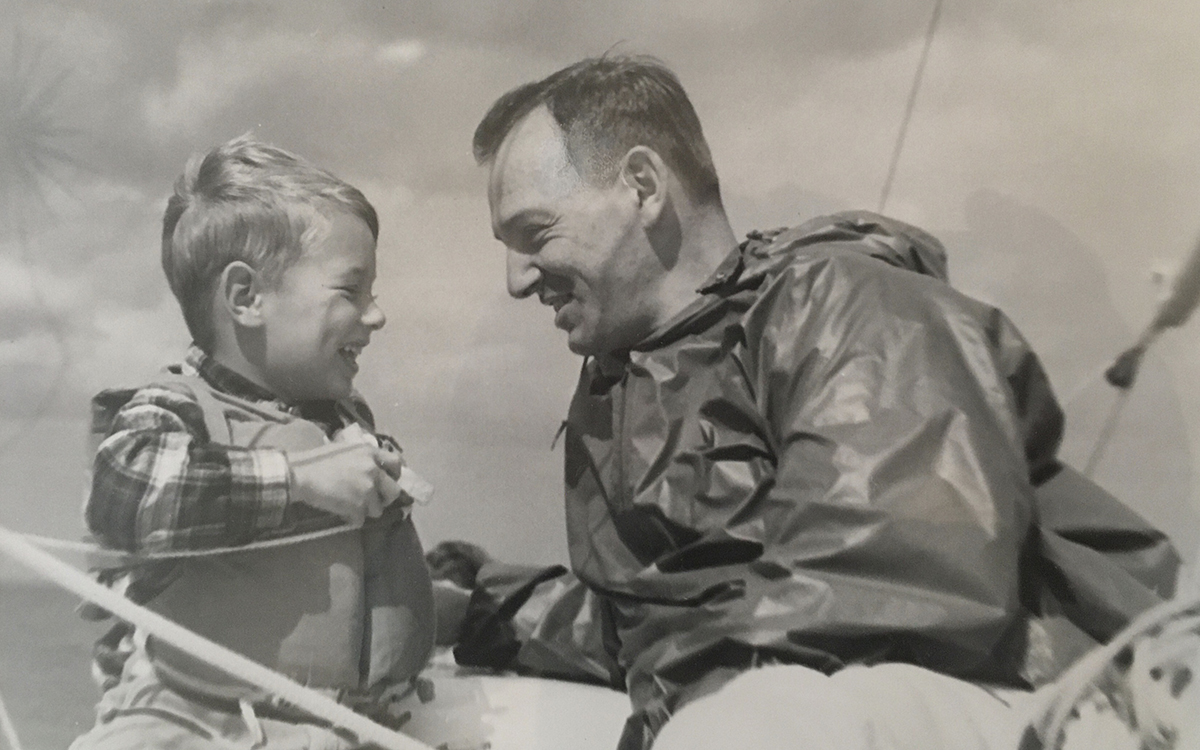
Tom and Heinz Valtin | Photo by Jerry Hare
This article appeared in the March/April edition with the headline "Pack Mentality."
Take a Sierra Club trip to the mountains of California. For details, see sc.org/outings.
 The Magazine of The Sierra Club
The Magazine of The Sierra Club
